Soundproof insulation is a means to control sound by blocking and interfering with sound waves. By using materials like mineral wool, fiberglass, and foam, you’ll be able to insulate your home and reduce noise.
Noise is unavoidable, but that doesn’t mean you should live it with. Everyone needs quiet time every once and a while.
Insulating your home might just be the best solution for you!
Depending on your budget and scope, there are numerous soundproofing methods that can promote peace and quiet on your property.
We discuss the different kinds of soundproofing insulation and their benefits in this article.
What Is Soundproof Insulation?
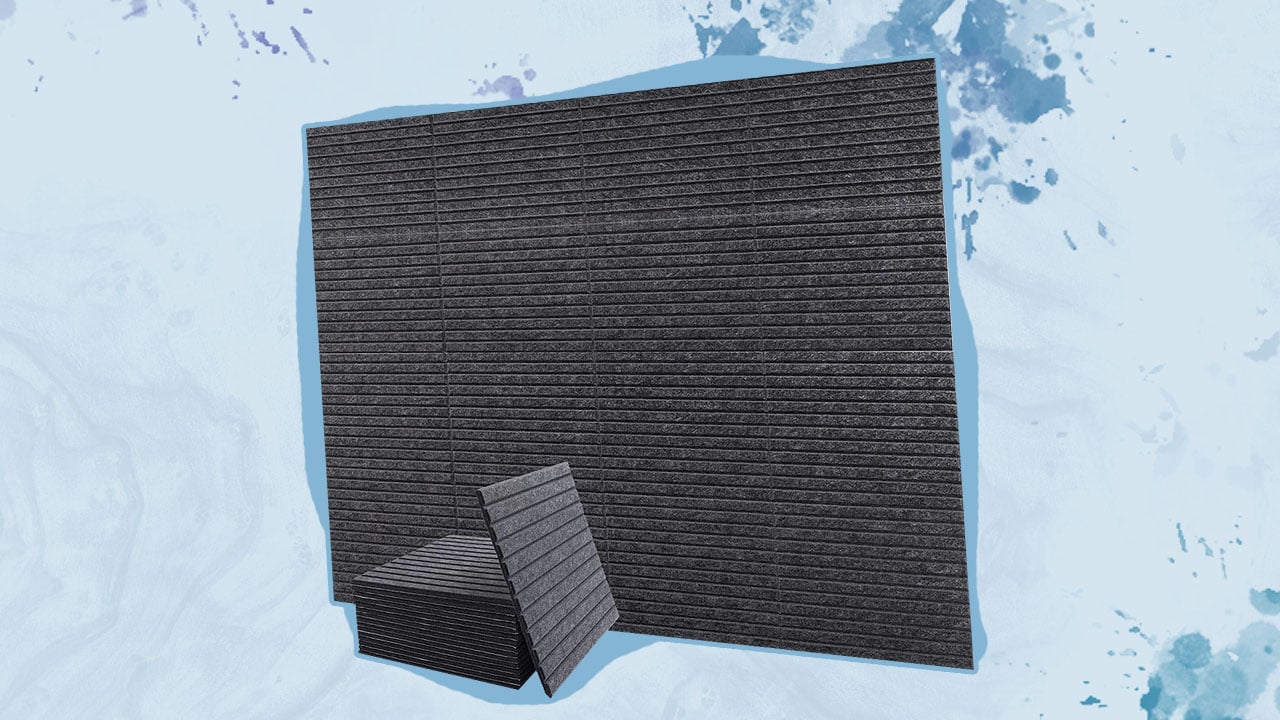
The basics of soundproofing start with sound. Sound energy propagates as a wave that needs a path to pass through to be heard.
Soundproofing insulation is a form of sound control that blocks the path of sound waves.
Sound insulation provides a barrier to PREVENT sound transfer from one place to another and reduces noise.
Insulative materials can be installed on tile floors, ceilings, and walls to absorb sound, effectively BLOCKING acoustic energy from traveling across a space.
Insulation also provides resistance to heat flow due to the added thickness and density. Soundproofing insulation converts noise into heat, which eventually disperses.
The best way to soundproof a room is to combine different soundproof products, such as soundproof drywall, acoustic panels, and acoustic caulk.
What Is Sound Transmission Class (STC)?
Sound Transmission Class (STC) is a measurement used to rate the sound isolation of buildings’ surfaces, such as walls, ceilings, windows, and the like.
STC ratings go from 25 to 65. The higher the number, the better the soundproofing.
The STC rating chart below outlines each STC rating and its acoustic properties as they are heard.
| STC | What you can hear at this level* |
|---|---|
| 25 | Soft speech can be heard and understood |
| 30 | Normal speech can be heard and understood |
| 35 | Loud speech audible but not intelligible |
| 40 | Loud speech audible as a murmur, heard but not understood |
| 45 | Loud speech can be heard, the threshold at which privacy begins |
| 50 | Loud sounds can be heard but faintly, indistinguishable |
| 60+ | Good soundproofing starts here; most sounds do not disturb neighbors |
| *Values in this table relative, as they are influenced by background noise levels in the receiving room, the greater the better perceived sound insulation | |
A standard single-pane window should have an STC rating of 25. Soundproof products have STC ratings of around 35 to 55.
Sound Transmission Class is a means to compare various products and how well they can provide sound insulation.
TAKE NOTE
This measurement CANNOT determine the amount of Hertz (Hz) that will be blocked. It only gives an average description of sound resistance.
As a general rule, the thicker the insulation, the better the soundproofing quality.
That being said, the STC rating will still depend on the overall construction of the wall.
What STC Rating Should You Have?
Residential buildings should ideally have an STC rating between 38 to 42. Ratings ranging between 50 to 65 are considered professional and commercial soundproofing.
The products used for building materials can vary between manufacturers.
Be sure to double-check which kind works best in blocking your specific noise issue!
What Are the Materials Used for Soundproof Insulation?
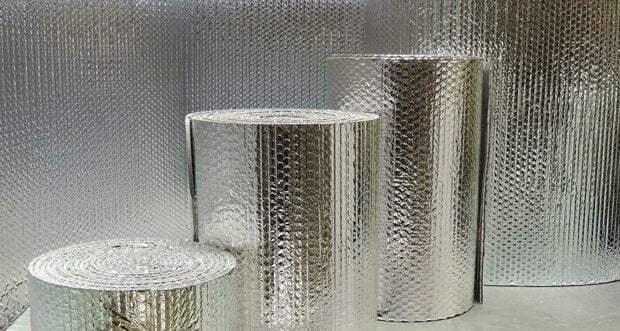
There are different types of materials for soundproof insulation. Different types have different properties that can vary in effectiveness:
Mineral Wool Insulation
Mineral wool is made from natural stone or slag, which is melted at high temperatures and spun into fibers.
It is commonly used as interior insulation for residential wood and steel studs.
Mineral wool is known to have natural fire-resistant properties and a high R-value, meaning it has greater resistance to heat flow.
It’s among the best insulation materials with a Noise Reduction Coefficient (NRC) rating of 0.95-1.05.
Mineral wool also has a Sound Transmission Class rating of 45.
Fiberglass Insulation
Flexible, lightweight, and strong, fiberglass is a highly versatile material that can be used for various purposes.
Because it can be easily molded, fiberglass is widely used in bathtubs, boats, aircraft, and other products.
The BEST known uses for fiberglass are insulation and lightweight reinforcement.
Fiberglass insulation is made out of fiber-reinforced plastic that is flattened to a sheet and woven into fabric.
Fiberglass insulation falls under the mid-range scale of STC, with an average rating of 38. It’s an energy-efficient material that absorbs sound well.
This is a popular, economical, and cost-effective option for soundproofing insulation.
Cotton Wool Insulation
Cotton batt insulation is derived from cellulose fibers from denim jeans and other clothing items.
It has low electric and thermal conductivity, which makes cotton a great material for insulation. Due to this, it has a high STC rating of 51.
Because it’s sourced from recycled materials, cotton insulation is also biodegradable.
Since cotton is quite flammable, manufacturers treat it with boric acid to enhance fire resistance.
You can apply most cotton batt insulation products between steel supports using minimal tools.
Cotton insulation can be a bit more expensive than other types of insulation since it has greater soundproofing properties.
Cellulose Insulation
Cellulose insulation is considered the greenest insulative material.
Made from 85% plant fiber from recycled paper, it’s commonly used to insulate homes and commercial constructions.
Many contractors opt to use cellulose as sound-deadening insulation because it’s made from tightly packed fibers that make it more resistant to fire and air leakage.
On top of that, it’s 25% treated with non-toxic borate compounds to prevent infestations and mold growth.
Cellulose also provides great heat flow resistance for better thermal insulation.
It has an STC rating of 39 and an NRC of .80, which is above average.
Foam Insulation
There are many forms of foam insulation created from various types of plastics.
Most homeowners can apply certain types of foam insulation themselves, such as boards and blankets. Meanwhile, liquid foam insulation requires professional installation.
Generally, there are two kinds of foam insulation:
- Open cellular forms – provides better sound absorption properties
- Closed cellular forms – easier to apply in a closed-off space
Spray foams work best in insulating existing walls, irregularly shaped areas, and obstructions.
In comparison, foam boards can be used in unfinished walls, floors, and ceilings. Foam boards or rigid foams provide high insulation despite having little thickness.
Foams do not naturally absorb sound; rather, it is used to isolate noise.
Most foam insulation typically has an STC of 39 and an NRC rating of 0.7.
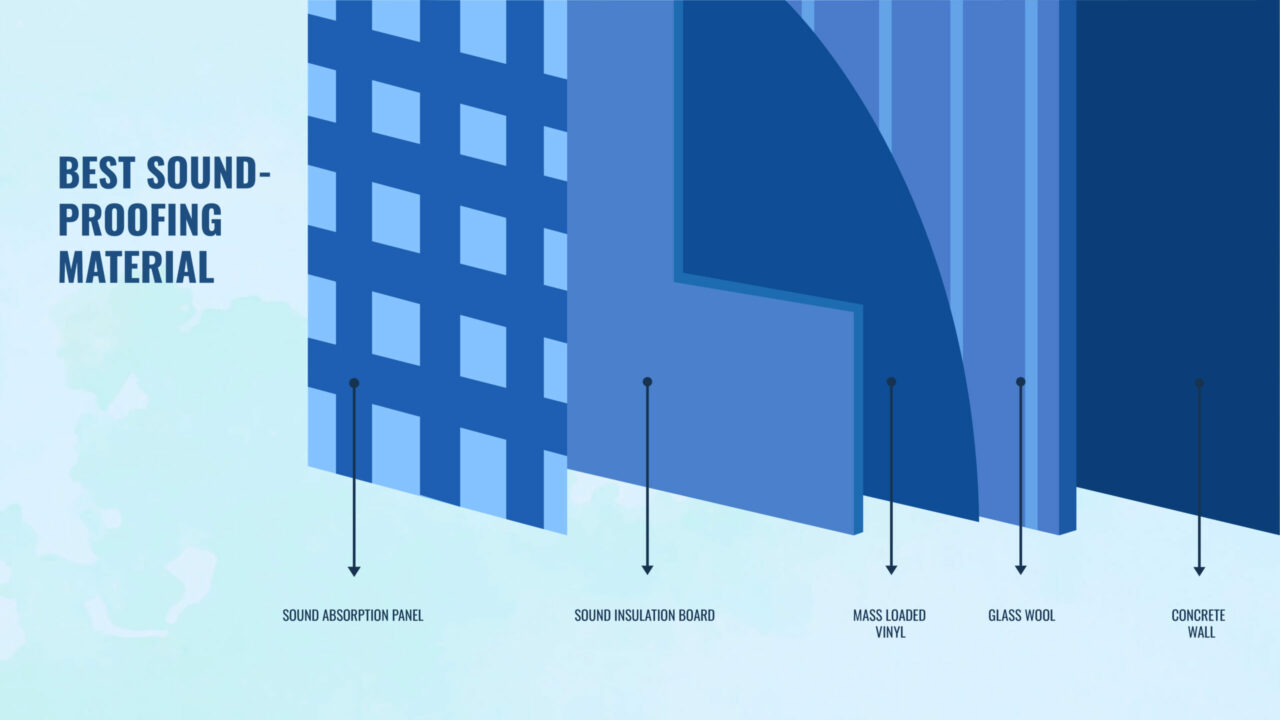
What Are the Benefits of Soundproof Insulation?
The benefits that soundproof insulation can bring to your house or business are well worth the cost.
It can prevent sound energy from traveling inside a space (e.g., floor, wall, ceiling).
Whether you’ve got company or you’re recording in your music room, you don’t have to worry about disturbing anyone when you have soundproofing insulation.
Aside from the fact that insulation helps reduce noise, many homeowners also turn to soundproof insulation for the following reasons:
1. Easy Installation
Some soundproofing solutions require professional installation that is quite labor-intensive.
Fortunately, soundproof insulation is relatively easy for homeowners to install into the ceiling or in between walls.
Installing insulation like fiberglass or mineral wool is doable even without the help of a renovation company or a contractor.
2. Environmentally-Friendly
Hazardous products can harm both your health and the environment.
With soundproofing insulation, most products are recycled or derived from naturally occurring sources.
Not only can you benefit from a quiet room, but you also reduce your carbon footprint!
3. Energy Efficient
In addition to blocking loud, unwanted noise, insulation works by impeding the transfer of heat from one room to another.
Soundproofing insulation means you need less cooling and heating energy to enjoy thermal comfort.
It can keep your house warm in the winter and cool during the summer.
What Are the Different Types of Soundproof Insulation?
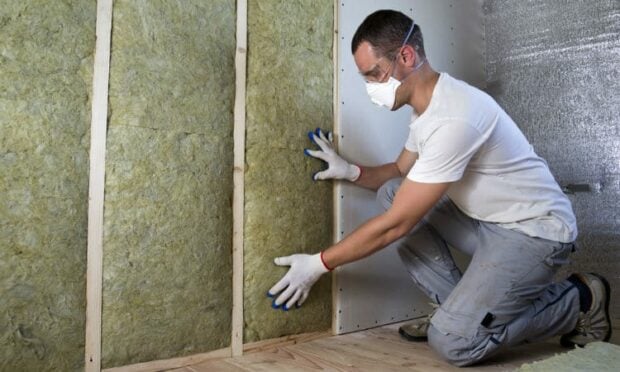
Creating an ADEQUATE level of soundproofing insulation in a room or building would depend on many factors.
Consult with your contractor to find the ideal option for your house or business property.
Below are soundproofing insulation methods you can look into:
Open Cell Spray Foam Insulation
Open cell insulation is applied to open surfaces, which then expands into any crack to create an air seal. It prevents noise from escaping to the other side via air gaps.
TAKE NOTE
You need to have one stud in place before using open cell spray foam.
Companies use different formulations for their spray foams, so their STC and NRC ratings can vary.
Generally, spray foams offer a high level of soundproofing insulation with STC ratings of around 40 to 50.
Closed Cell Spray Foam Insulation
Similar to open cell insulation, closed cell spray foam is applied to cracks and spaces in walls.
The difference is that closed cell insulation is LESS effective at dampening noise because it’s less porous.
Closed cell insulation has an average STC of 41, which is the median value for what is considered as “good soundproofing.”
Blown-in Fiberglass Insulation
An alternative to fiberglass batts is blown-in insulation.
Also called loose-fill insulation, this method can be used to fill your house’ attic floor, studs, or joist cavities with loose insulation material.
Mineral wool, cellulose, and cotton can work as loose-fill material, but fiberglass is the most widely used for blown-in insulation.
Fiberglass is ideal for wall or ceiling insulation, particularly for filling tight spaces around pipes and wiring in your attic.
Using blown-in insulation improves indoor air quality and helps reduce noise from outside or from different rooms.
Rockwool Batt Insulation
Another soundproofing insulation is rockwool. Rockwool is a dense material that you can install between sheets of drywall in a stud partition.
Using rockwool dampens the air mass and obstructs sound transmission in between wall cavities.
Rockwool or mineral wool batt insulation can have a Sound Transmission Class of up to 50. It’s an excellent soundproofing insulation that can block out loud noise.
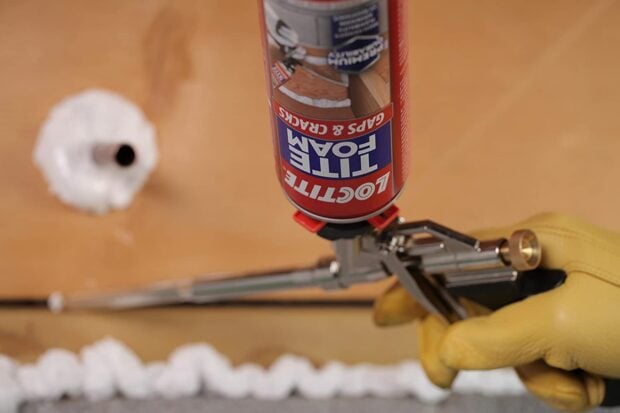
Frequently Asked Questions
If you’re interested in more information about soundproof insulation, below are related questions that can help you:
Does Soundproof Insulation Work?
Soundproof insulation can DRASTICALLY alter your home and life satisfaction. It works as a form of sound control to minimize noise as much as possible.
Do note that it’s impossible to completely eliminate noise. Even if your walls are insulated, acoustic noise may still travel between rooms.
Applying soundproofing insulation primarily blocks acoustic sounds from passing through barriers such as ceilings and walls.
Insulation essentially ABSORBS sound energy, so less noise is transmitted.
Less noise means more peace and quiet for you!
What Is the Difference Between Sound Insulation and Sound Absorption?
Sound insulation and absorption are different ways to modify the acoustics of a room or building.
Sound insulation LIMITSsound from traveling between spaces such as walls and ceilings.
In comparison, sound absorption CONVERTS sound energy into heat to prevent noise transmission.
You can use both methods to maximize the reduction of acoustic problems such as loud noises in your home.
Is Thicker Insulation Better for Creating Soundproof Insulation?
Yes, thicker insulative materials enhance soundproofing.
Using thicker insulation increases energy efficiency and absorption levels. It means more energy is absorbed, and thus, less noise passes through.
Conclusion
Creating a soundproof space can mean the difference between a peaceful, quiet house and a chaotic one.
Although achieving a 100% quiet space is impossible, there is a broad range of soundproofing solutions available that can improve the acoustics of your property.
If you have the opportunity to invest in soundproof insulation, you’ll know that it’s well worth the cost. Search for the right soundproofing insulation that can meet your needs and budget!


